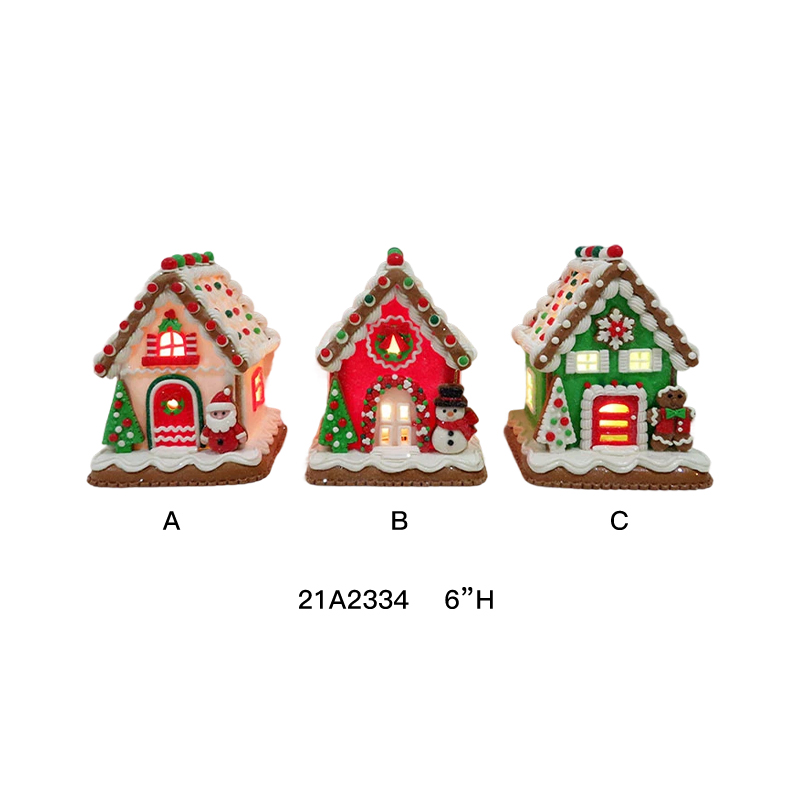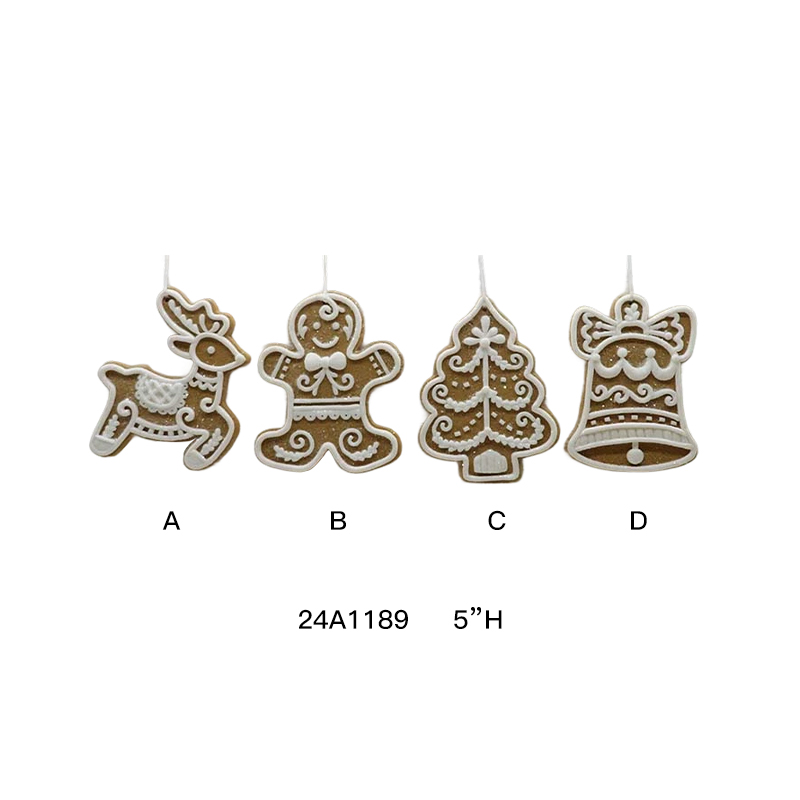How to mix candy colored clay for a Christmas ornaments clay holiday candy tree?
Release Time : 2025-10-29
Mixing candy-colored clay for Christmas ornaments like a holiday candy tree requires comprehensive consideration of multiple dimensions, including color theory, material selection, color-mixing techniques, and practical application. This process requires not only basic color knowledge but also the visual characteristics of the Christmas theme. Through flexible mixing, the clay can achieve a vibrant and vibrant color effect reminiscent of candy, adding a playful and warm touch to holiday decorations.
The first step in mixing candy-colored clay is to understand the principles of color coordination. While Christmas themes often feature classic colors like red, green, gold, and silver, candy colors tend to favor brighter, more saturated hues, such as pink, sky blue, lemon yellow, and mint green. These colors mimic the sweetness of candy and create a lighthearted and festive atmosphere. When mixing, consider using adjacent colors (such as pink and orange-red) to enhance harmony, or contrasting colors (such as yellow and purple) to create visual impact, but be mindful of the contrast to avoid overly harsh effects. Furthermore, adding white and lighter colors can soften the color and create a softer, more natural look, ideal for depicting frosting or buttercream textures.
The choice of materials directly impacts the coloring effect. For clay bases, it's recommended to use white or light colors, such as off-white or light gray. These colors absorb other pigments more easily as a base and prevent the dulling caused by a darker base. Regarding pigments, acrylic paint is ideal for mixing candy colors due to its vibrant color, strong covering power, and resistance to fading after drying. For greater plasticity, you can also use color pastes or powders specifically formulated for clay. These materials blend better with the clay and reduce the risk of cracking. Furthermore, adding a small amount of pearlescent powder or glitter can simulate the sheen of candy and add a festive touch to your decorations.
When mixing colors, it's important to mix and test colors step by step. First, squeeze a small amount of pigment into the clay and knead it to allow the color to penetrate initially, observing whether the overall hue matches your expectations. If the color is too dark, dilute it with white clay or a transparent color paste. If it's too light, add the pigment gradually to avoid adding too much at once and making adjustments difficult. Apply firm, even mixing pressure to ensure the pigment is distributed evenly without any graininess. After each color adjustment, roll a small piece of clay into a ball. Compare the color to a color chart or reference image under natural light to ensure the saturation and brightness match the candy color. Make minor adjustments if necessary.
Mixing different candy colors requires specific techniques. For example, to create a strawberry red, add a small amount of orange and white to a base red to simulate the natural color of a strawberry. To create a mint green, mix blue and yellow in appropriate proportions, then add white to reduce the saturation and create a fresh feel. To create a lemon yellow, add a small amount of green and white to a base yellow to enhance its brightness. To create a frosting effect, apply a thin layer of white acrylic to the clay surface or wrap white clay strips around the decoration to create a three-dimensional effect.
Adding layers of color can make a candy tree more vivid. For example, a dark brown or chocolate color can be used for the trunk to represent wood grain, while the canopy is dominated by candy colors, using alternating dark and light blocks to simulate the effect of stacked candies. To decorate, roll different colored clay into strips, balls, or stars and apply them to the tree in a staggered pattern to create a rich visual layering. Additionally, a few touches of gold or silver can enhance the festive feel, perfect for treetop stars or decorative borders.
After coloring, be mindful of the clay's storage and handling. Unused colored clay should be sealed to prevent exposure to air, which can cause drying and fading. Shaped ornaments should be dried naturally in a cool, well-ventilated area, avoiding direct sunlight to prevent color fade or cracking. After drying, a light coat of clear nail polish or varnish can enhance color durability and simulate the sheen of candy.
Mixing candy-colored clay for a Christmas ornament clay holiday candy tree is a journey of color and creativity. From precise color matching to meticulous material selection and flexible application of coloring techniques, every step requires patience and experience. The resulting candy-colored clay not only perfectly complements the Christmas theme, but also adds a unique touch of warmth and joy to any festive space with its sweet and lively visuals.







